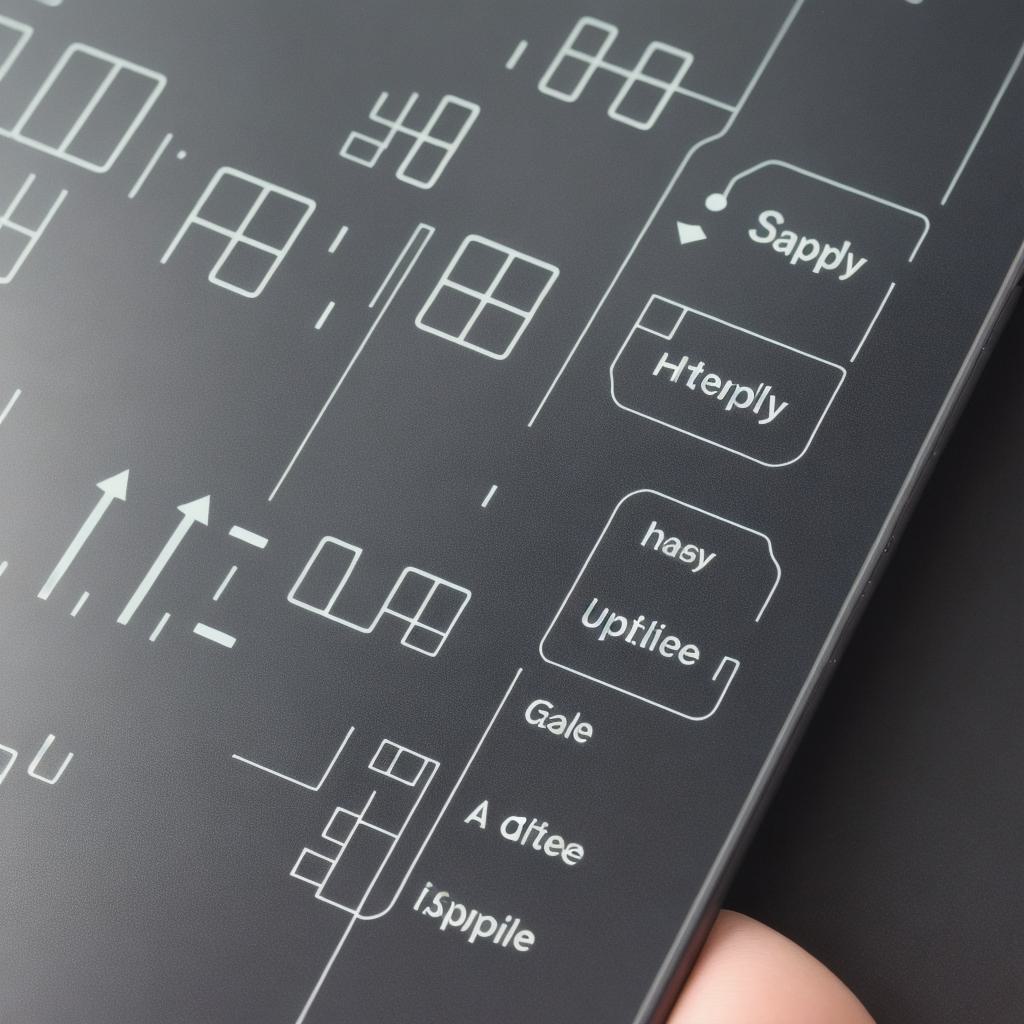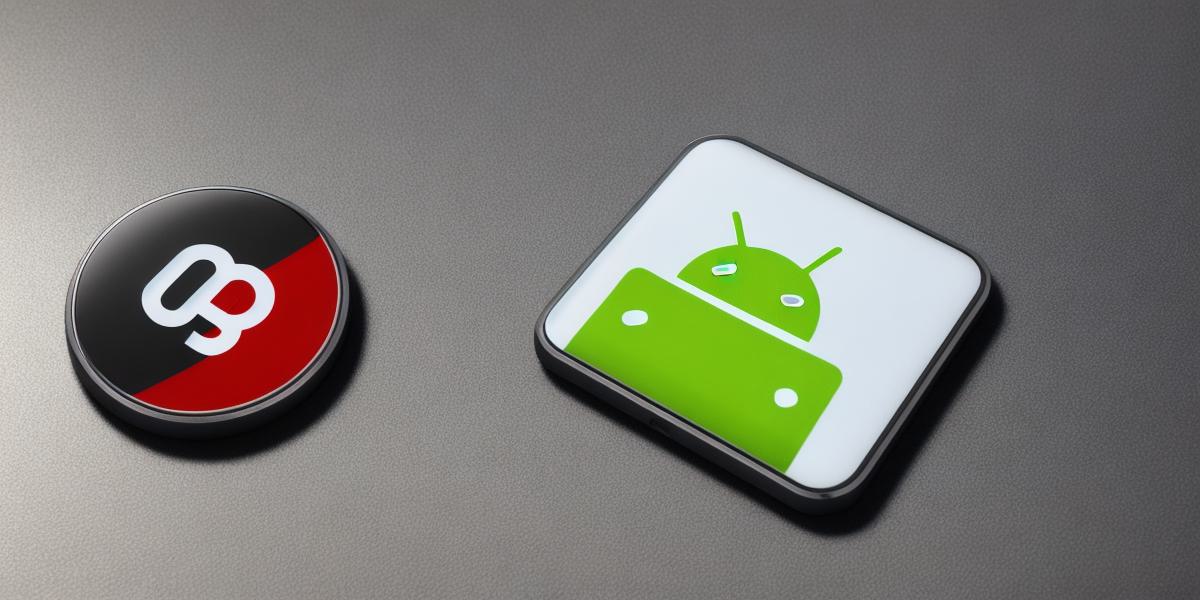
Android 3D app development is an exciting and rapidly growing field. As more and more people are using smartphones with 3D capabilities, there’s a high demand for developers who can create engaging and immersive apps that take advantage of this technology. In this article, we’ll explore the basics of Android 3D app development, including how to get started, what tools and technologies you’ll need, and some best practices for creating successful apps.
Getting Started with Android 3D App Development
The first step in getting started with Android 3D app development is to learn the basics of Unity, the most popular game engine for mobile app development. Unity provides a wide range of tools and features that make it easy to create 3D apps for Android devices, including support for VR and AR. You can find plenty of online resources and tutorials to help you get started with Unity, including official documentation and community forums.
Once you have a basic understanding of Unity, you’ll need to choose a development environment. There are several options available, including Android Studio, which is the official Integrated Development Environment (IDE) for Android app development. You can also use Visual Studio or Xcode, depending on your preference and experience with these IDEs.
Once you have your development environment set up, you’ll need to create a new project in Unity and choose a template that suits your needs. Unity provides several templates for different types of apps, including 3D games, interactive experiences, and educational apps. You can also create your own custom templates if you have specific requirements.
Tools and Technologies for Android 3D App Development
In addition to Unity, there are several other tools and technologies that you’ll need to get started with Android 3D app development. Here are some of the most important:
- 3D Modeling Software: To create 3D models for your app, you’ll need a 3D modeling software like Blender or Maya. These programs allow you to design and manipulate 3D objects, textures, and animations.
- Texture Packing Tools: Once you have your 3D models designed, you’ll need to pack them into textures that can be used in your app. Unity provides several texture packing tools, including the built-in one, which is easy to use and customize.
- Audio Editing Software: Adding sound effects and music to your app can greatly enhance the user experience. You’ll need an audio editing software like Audacity or GarageBand to create and edit audio files.
- Version Control System: To keep track of changes to your code and collaborate with other developers, you’ll need a version control system like Git. Git is a free and open-source tool that makes it easy to manage your project’s source code.
- Cloud Platforms: To host your app and make it accessible to users, you’ll need a cloud platform like Google Cloud or AWS. These platforms provide hosting services for Android apps, as well as other features like analytics and security.
Best Practices for Creating Successful Android 3D Apps
Now that you have the tools and technologies you need to get started with Android 3D app development, it’s time to consider some best practices for creating successful apps. Here are a few tips:
- Keep It Simple: While 3D technology can be exciting, it’s important to remember that your app should be easy to use and navigate. Avoid cluttering your app with too many features or complicated controls.
